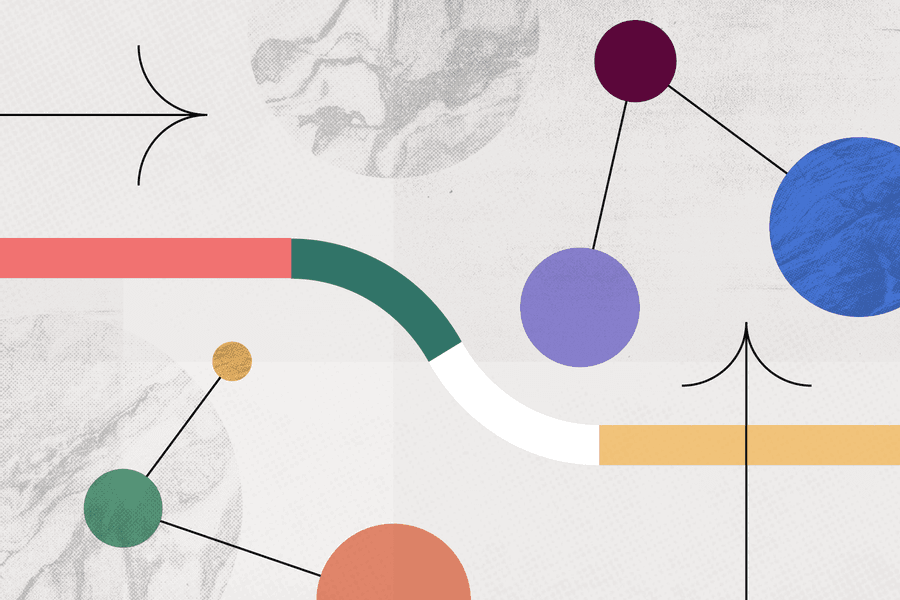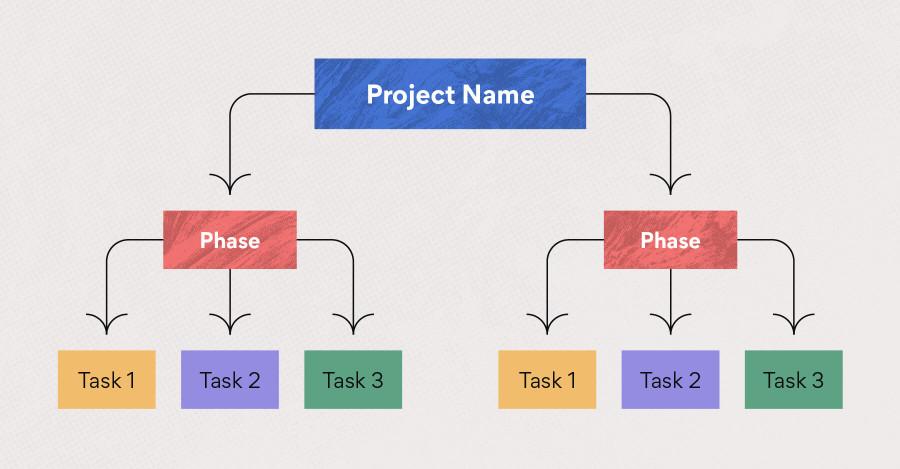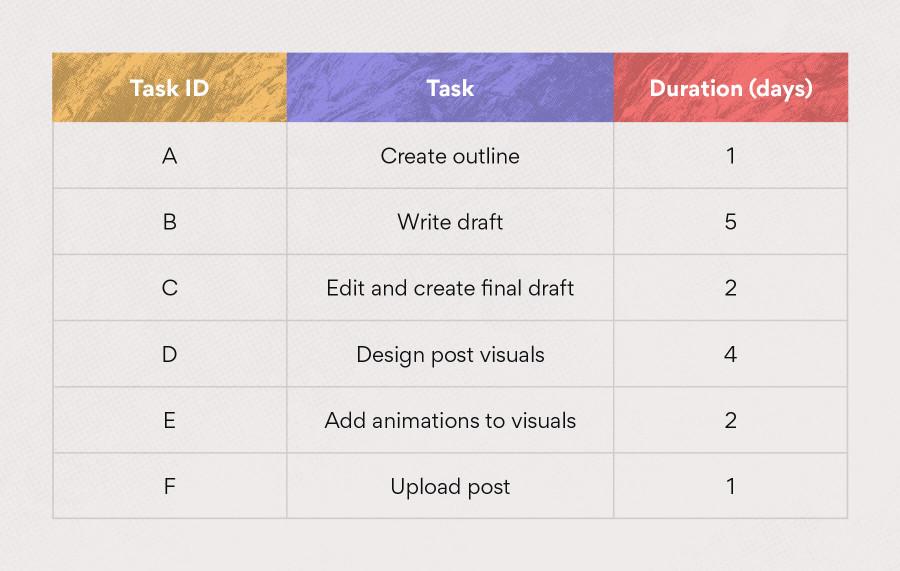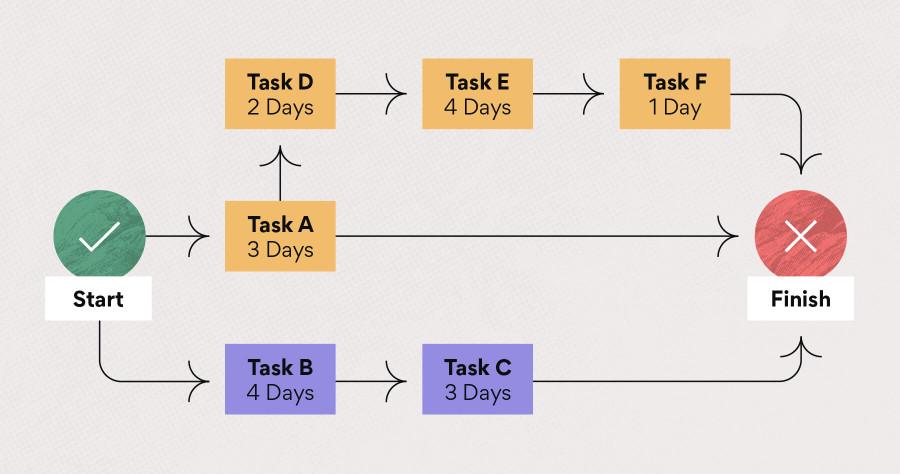Explore the World's Best Ideas
Join today and uncover 100+ curated journeys from 50+ topics. Unlock access to our mobile app with extensive features.
Creating a project roadmap
The critical path method (CPM) was developed in the late 1950s to resolve the problem of increased costs due to inefficient scheduling.
The technique can help you identify and map out critical tasks you need for project completion. The critical path is the longest sequence of tasks that must be finished on time. Any delays in critical tasks will delay the rest of the project.
This technique allows you to set realistic timeframes and manage task dependencies.
8
26 reads
CPM provides valuable insight
CPM helps to plan projects, allocate resources and schedule tasks.
CPM benefits:
- Improves future planning: CPM can be used to compare expectations with actual progress. Current data can inform future project plans.
- Effective resource management: CPM helps project managers prioritise tasks and give them a better idea of how and where to deploy resources.
- Helps avoid bottlenecks: CPM will give you a better idea of which activities can and can't run in parallel.
7
15 reads
How to find the critical path
Finding the critical path involves looking at the duration of critical and non-critical tasks:
CPM steps:
- List activities
- Identify dependencies
- Create a network diagram
- Estimate task duration
- Calculate the critical path
- Calculate the float
8
24 reads
List activites
List all the project activities or tasks required to produce the deliverables of each task.
The list of activities in the work breakdown structure serves as the foundation for the rest of the CPM.
7
15 reads
Identify dependencies
From your work breakdown structure, determine which tasks are dependent on one another to identify any work that can be done in parallel with other tasks. The dependent tasks, known as an activity sequence, will be used to determine the critical path.
For example, a marketing team is producing a new interactive blog post. In the example above:
- Task B is dependent on A
- Task C is dependent on B
- Tasks C and D can run in parallel
- Task E is dependent on D
- Task F is dependent on C, D, and E.
8
10 reads
Create a network diagram
A network diagram is a flowchart that shows the chronology of activities.
Create a box for each task and use arrows to show task dependencies. Add other time-bound components to the network diagram until a general project schedule is worked out.
7
12 reads
Estimate task duration
To calculate the longest sequence of critical tasks, you need to estimate the duration of each activity.
How to estimate the duration:
- Make educated guesses based on previous experience and knowledge.
- Estimate based on previous project data.
- Estimate based on industry standards.
Use the forward pass and backward pass technique to calculate float.
- Forward pass is used to find early start (ES) and early finish (EF) dates by using a previously specified start date. EF is ES + duration.
- Backward pass is used to calculate late start (LS) and late finish (LF) dates. LS is LF -duration.
7
3 reads
Calculate the critical path
Calculating the critical path can be done manually, but a critical path algorithm can save time.
Step 1: Write down the start and end time next to each activity. The first activity time is 0 and the end time is the duration of the activity. The next acitity start at the previous activity end time. Do this for all activities.
Step 2: Look at the end time of the last activity in the sequence to determine the duration of the entire sequence.
Step 3: The sequence of activities with the longest duration is the critical path.
7
7 reads
Calculate the float
Float, or slack, refers to a given task's flexibility. It shows how much the task can be delayed without impacting subsequent tasks or the end date of the project. Critical tasks have zero float. Their dates are set.
How to determine the two types of float:
- Total float is the time an activity can be delayed without impacting the project finish date. Total float = LS - ES or LF - EF .
- Free float is how long an activity can be delayed without impacting the following activity. Free float = ES (next task) - EF (current task)
7
5 reads
How to use the critical path method
- CPM provides visibility into your project’s progress.
- At times, a project deadline may e pushed up with fast-tracking (parallel processes speed up overall duration) and crashing (allocating more resources to speed up activities.)
- Resolve resource shortages. When there is a resource shortage, like an overbooked team member or lack of equipment, you can use resource levelling techniques to solve the issue.
- Compile data for future use.
7
11 reads
IDEAS CURATED BY
Sebastian 's ideas are part of this journey:
Learn more about product with this collection
How to create a successful onboarding process
Why onboarding is crucial for customer retention
How to measure the success of onboarding
Related collections
Similar ideas
8 ideas
4 ideas
7 ideas
Read & Learn
20x Faster
without
deepstash
with
deepstash
with
deepstash
Personalized microlearning
—
100+ Learning Journeys
—
Access to 200,000+ ideas
—
Access to the mobile app
—
Unlimited idea saving
—
—
Unlimited history
—
—
Unlimited listening to ideas
—
—
Downloading & offline access
—
—
Supercharge your mind with one idea per day
Enter your email and spend 1 minute every day to learn something new.
I agree to receive email updates




